Do you have a question about the System Sensor INNOVAIR DH100ACDCP and is the answer not in the manual?
Verifies air velocity within 500-4000 FPM for proper detector function.
Affix template, center punch, and drill holes for mounting the detector housing.
Installs plastic sampling tube into housing bushing, securing with screws.
Attaches detector housing to duct using foam gaskets and sheet metal screws.
Details installing sampling tubes for medium-width ducts, including drainage holes.
Explains installing sampling tubes in wider ducts, requiring internal duct work.
Evaluates air flow pressure and smoke response for proper sensing chamber function.
Explains when and how to replace sampling tube filters based on visual inspection or pressure.
Covers tests for detector standby status, alarm activation, and sensitivity levels.
Instructions for inspecting, cleaning, or replacing sampling tube filters.
Procedures for cleaning the detector's screen, photo chamber, and cover.
Detailed steps for removing and replacing the main detector board.
Detailed steps for removing and replacing the power board.
Verifies air velocity within 500-4000 FPM for proper detector function.
Affix template, center punch, and drill holes for mounting the detector housing.
Installs plastic sampling tube into housing bushing, securing with screws.
Attaches detector housing to duct using foam gaskets and sheet metal screws.
Details installing sampling tubes for medium-width ducts, including drainage holes.
Explains installing sampling tubes in wider ducts, requiring internal duct work.
Evaluates air flow pressure and smoke response for proper sensing chamber function.
Explains when and how to replace sampling tube filters based on visual inspection or pressure.
Covers tests for detector standby status, alarm activation, and sensitivity levels.
Instructions for inspecting, cleaning, or replacing sampling tube filters.
Procedures for cleaning the detector's screen, photo chamber, and cover.
Detailed steps for removing and replacing the main detector board.
Detailed steps for removing and replacing the power board.
| Brand | System Sensor |
|---|---|
| Model | INNOVAIR DH100ACDCP |
| Category | Smoke Alarm |
| Language | English |
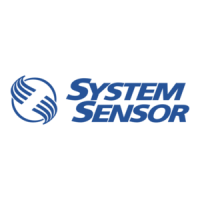
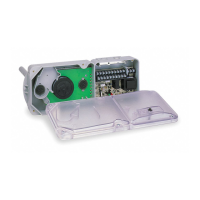
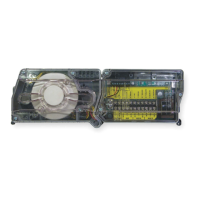
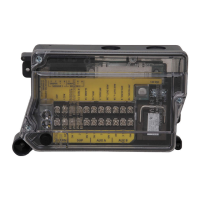
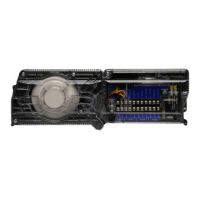

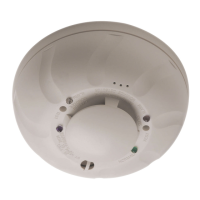
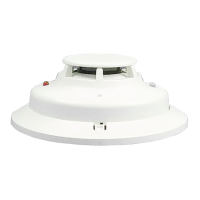
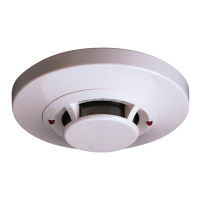
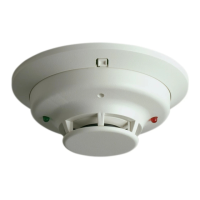
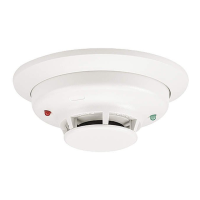
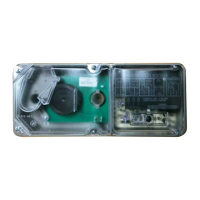
